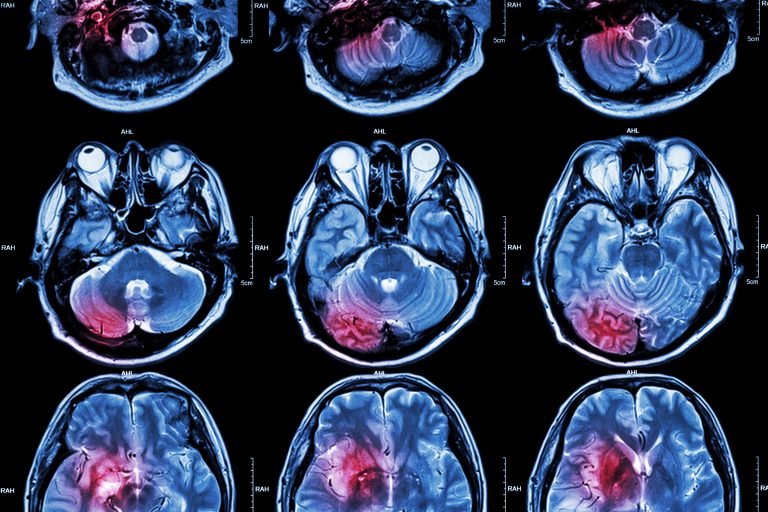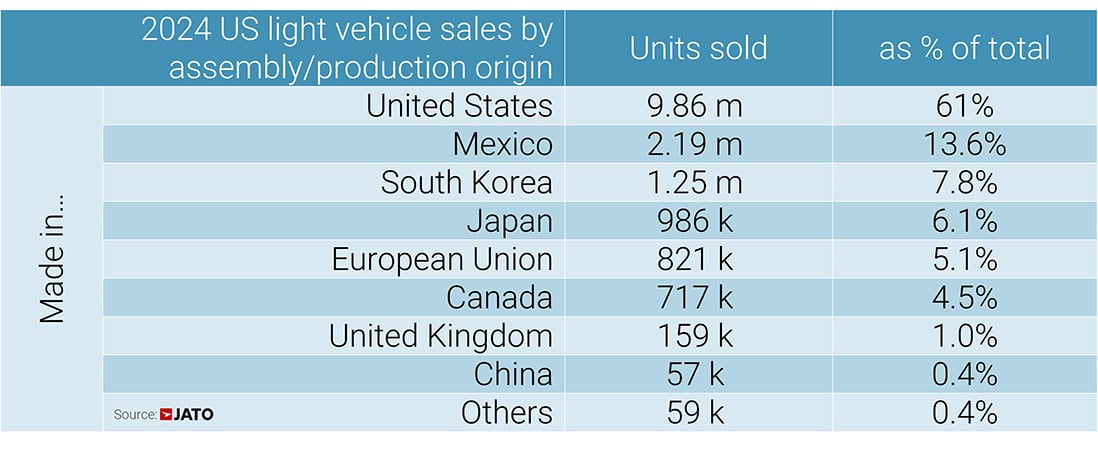Scary levels of microplastics have been found in human brains
In recent years, we’ve become painfully aware that microplastics are everywhere—in our oceans, food, and even the air we breathe. But now, scientists have made … The post Scary levels of microplastics have been found in human brains appeared first on BGR.


In recent years, we’ve become painfully aware that microplastics are everywhere—in our oceans, food, and even the air we breathe. But now, scientists have made a fascinating and unsettling discovery: they’ve found high concentrations of microplastics in the human brain.
A new study in Nature Medicine examined brain samples from individuals collected in 2016 and 2024. The findings were startling, to say the least. According to the study, microplastics and nanoplastics (even tinier particles) were present in all brain samples, with concentrations 50 percent higher in the more recent samples.
This sharp increase mirrors the exponential growth of global plastic production, which now exceeds 300 million tons annually. The discovery of microplastics in the human brain isn’t entirely new, as a study published in 2024 showed the first evidence of this. However, this new study has scientists asking more questions about how these plastics enter our brains. Inhalation is a key route.
When we breathe in tiny plastic particles from indoor dust, polluted air, or even synthetic fabrics, they can travel through the nose to the olfactory bulb, a part of the brain that processes smells. From there, they can pass through the blood-brain barrier—a protective shield meant to keep harmful substances out.

While scientists once thought only the smallest of these particles could cross this barrier, the study shows that even larger microplastics can sneak through. One of the most intriguing (and concerning) findings was that the brains of individuals with dementia had 3-5 times more microplastics than those without the condition.
While this doesn’t exactly prove that microplastics cause dementia, it raises questions about whether they might contribute to neurological issues or if dementia-related changes in the brain allow more plastics to accumulate. But one big question remains—what are these plastics doing to our brains?
The health impacts are unclear right now. Some scientists suggest microplastics may contribute to inflammation or even influence the progression of diseases like cardiovascular conditions. However, more research is needed to understand the full picture.
In the meantime, simple steps can help minimize exposure. Scientists recommend reducing single-use plastics, ventilating your home, and avoiding products with plastic microbeads. They are also exploring creative solutions, like using bacteria to break down plastics and developing filters to remove them from drinking water.
This study and the one from last year that first discovered microplastics in human brains are both major wake-up calls. Plastic pollution is more than just a problem for the fish in the ocean. It’s also a problem for humans, especially since microplastics have also been found in our lungs and several other parts of our bodies.
The post Scary levels of microplastics have been found in human brains appeared first on BGR.
Today's Top Deals
- Today’s deals: $50 off Meta Quest 3S, $437 off Microsoft Surface Laptop, $100 Beats Solo 4, more
- Today’s deals: $23 space heater, $50 off Meta Quest 3S, Roku smart TVs from $170, $50 wireless CarPlay, more
- Today’s deals: $155 unlocked iPhone SE, $279 iPad 10th-Gen, $24 TP-Link WiFi extender, $279 Galaxy Ring, more
- Best deals: Tech, laptops, TVs, and more sales
Scary levels of microplastics have been found in human brains originally appeared on BGR.com on Tue, 4 Feb 2025 at 16:36:00 EDT. Please see our terms for use of feeds.














































































